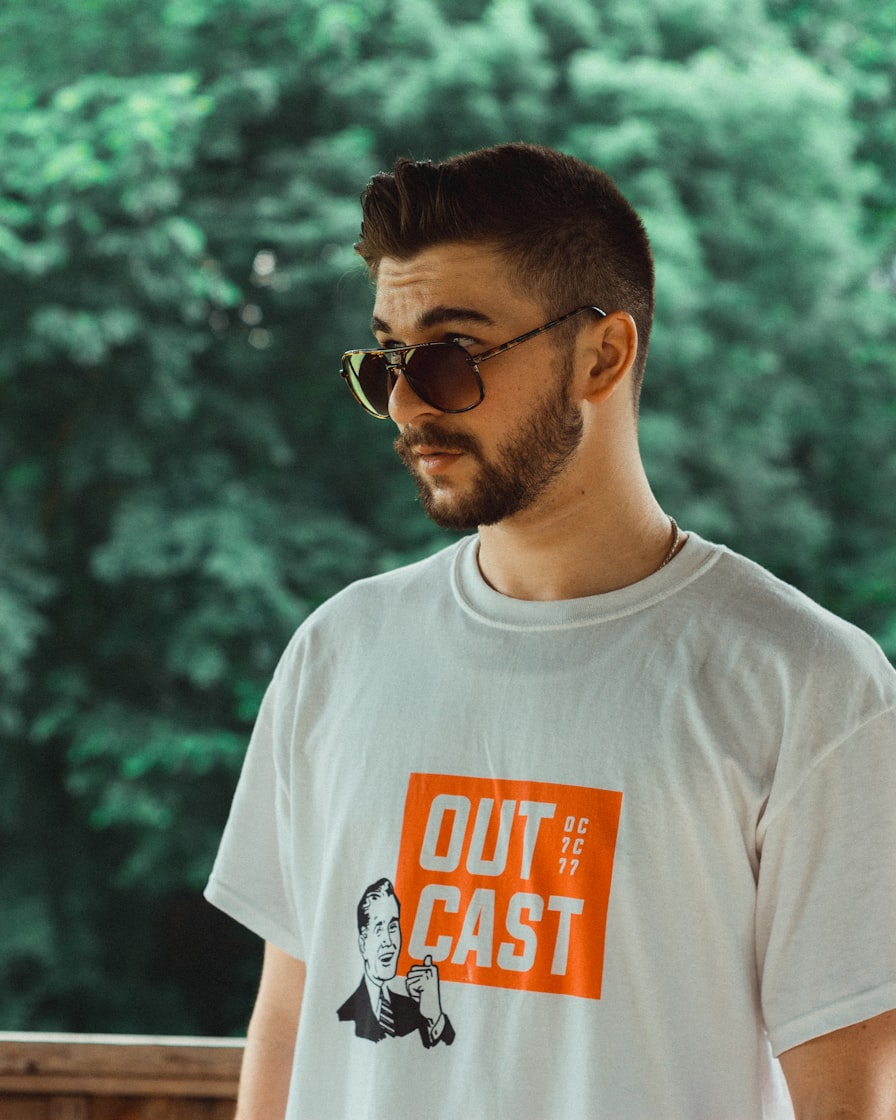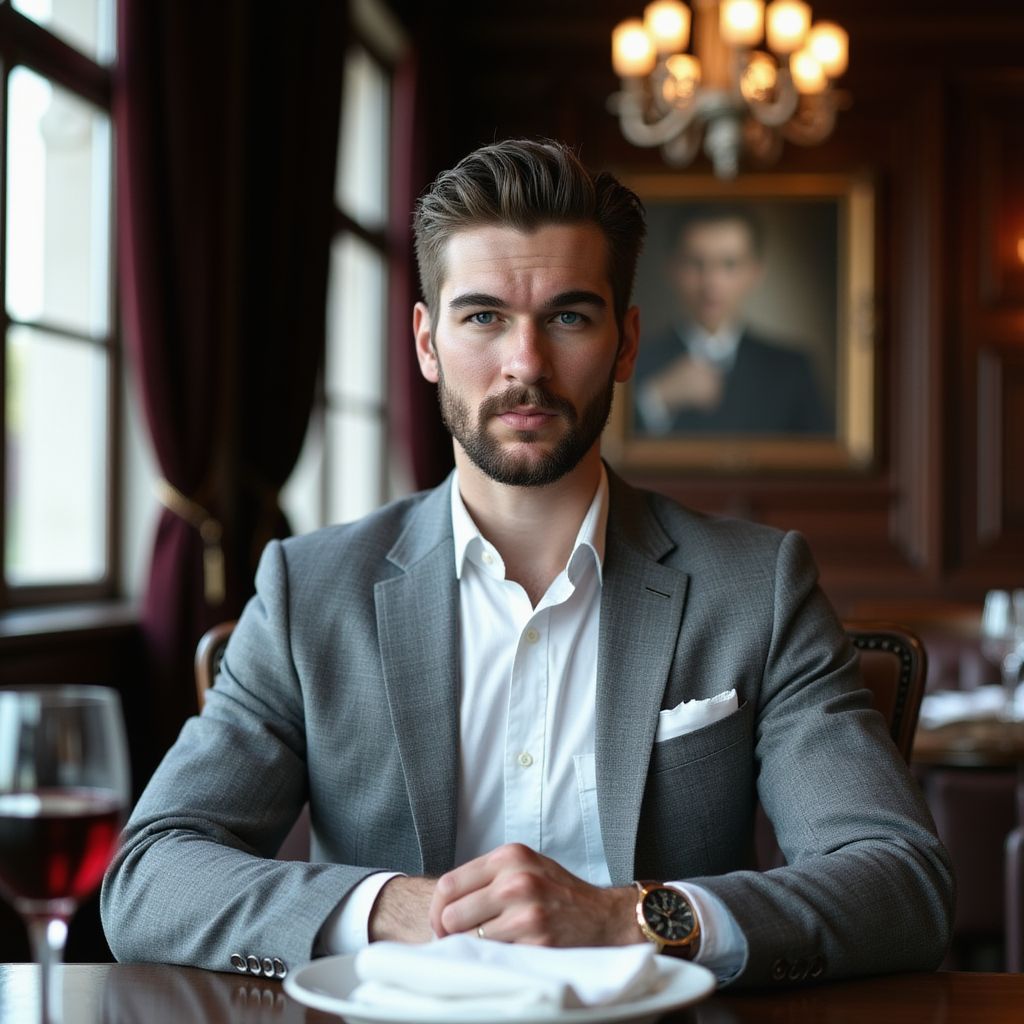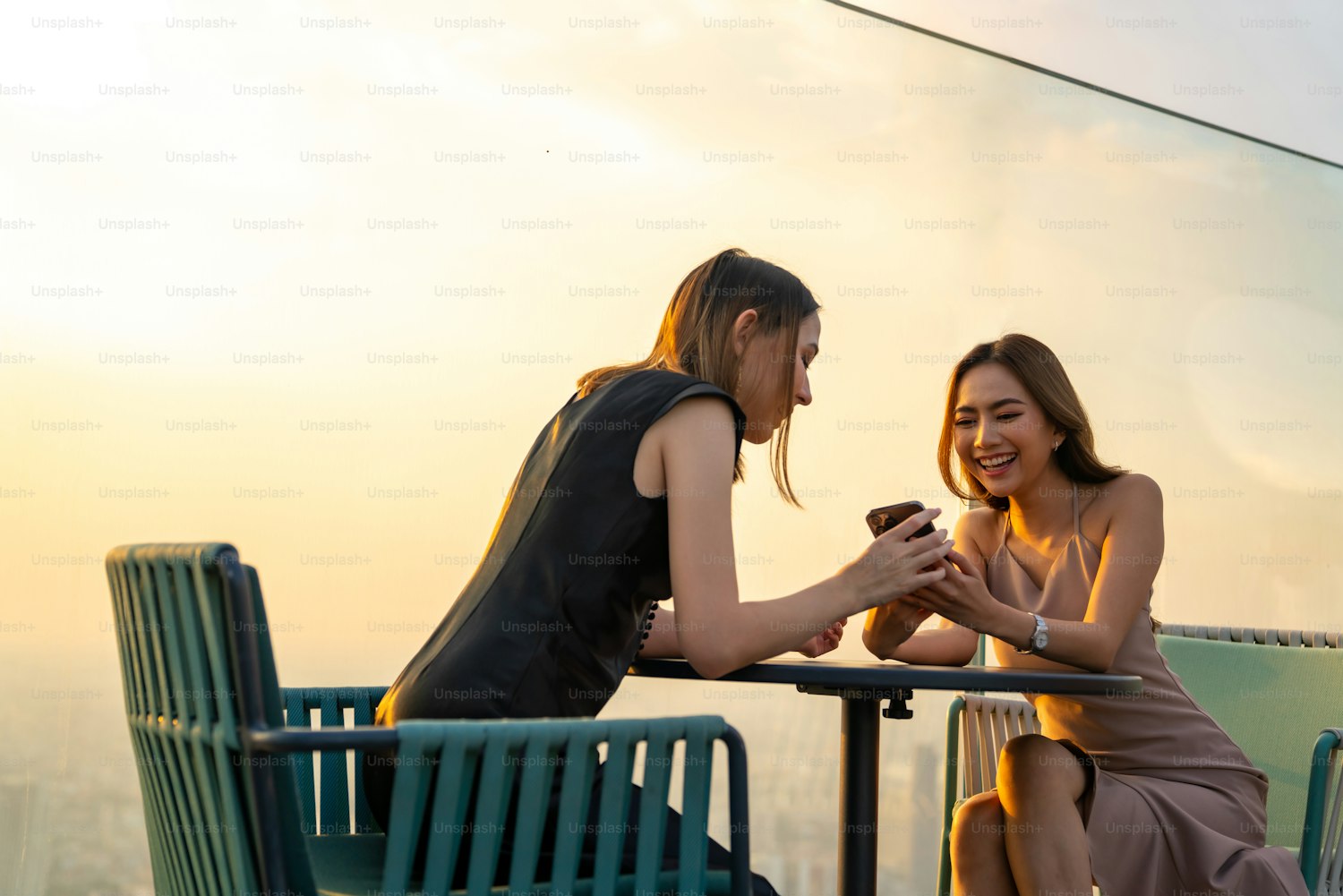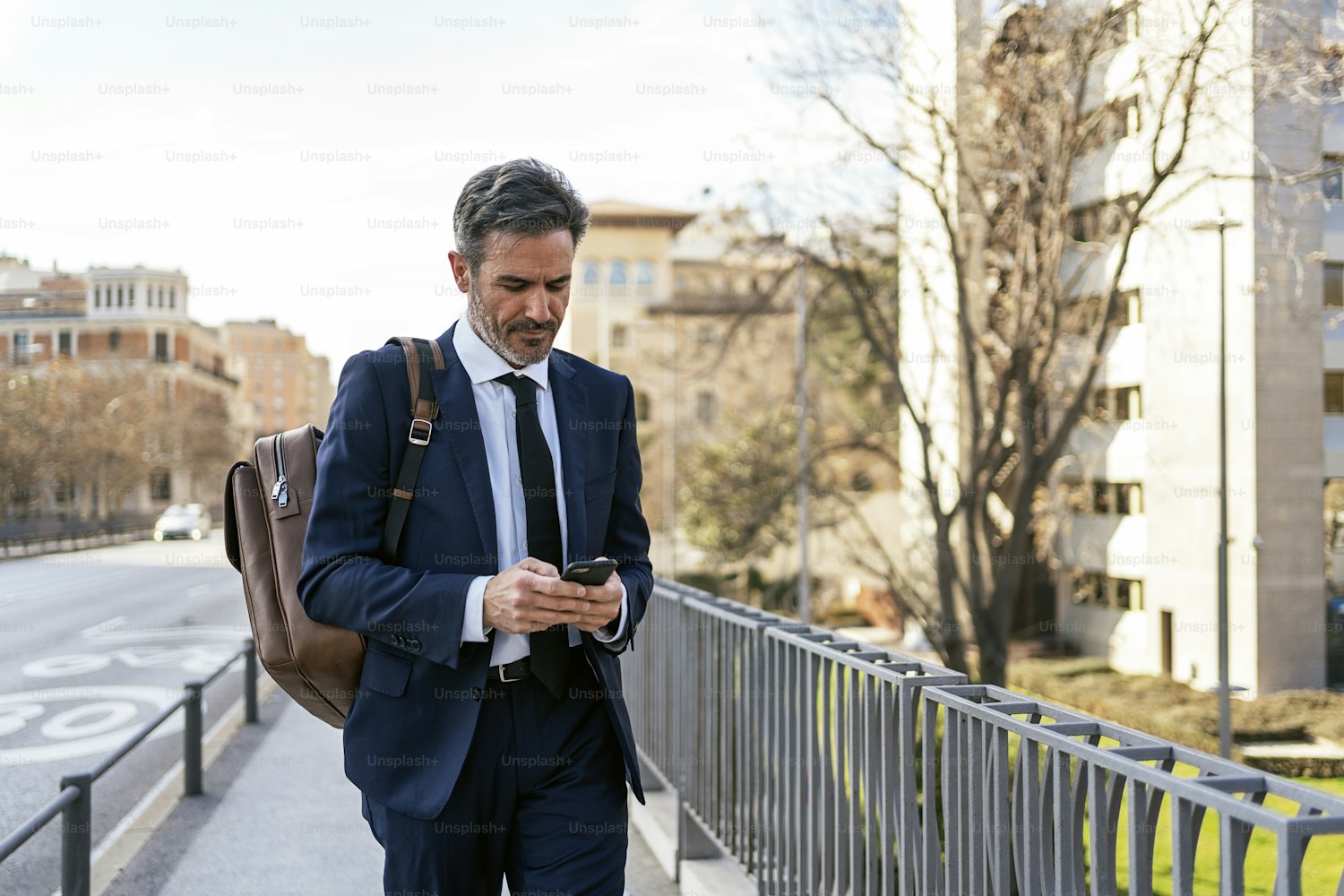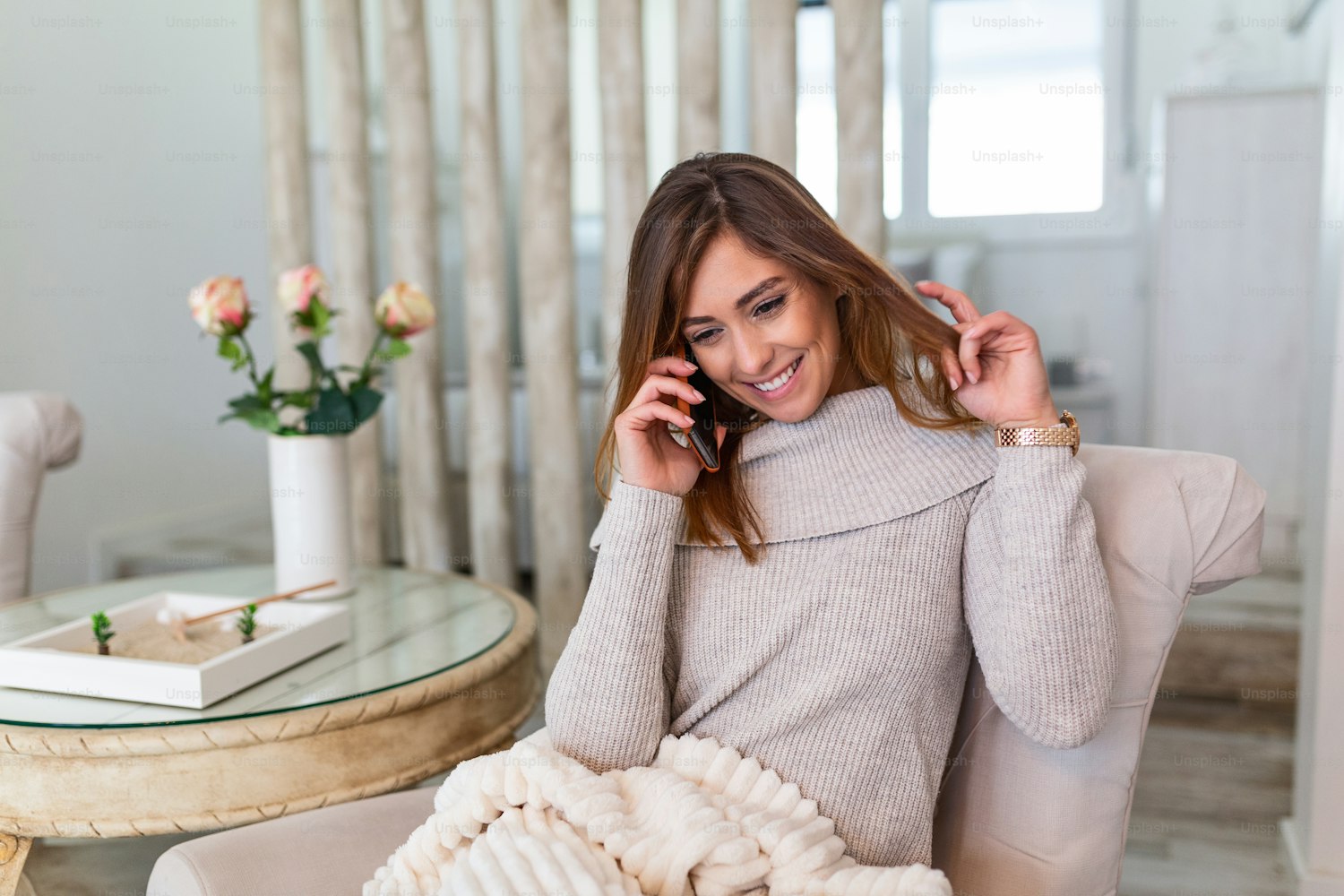Ever wondered why Bumble sometimes chooses a photo you’d never pick as your primary image? It’s all thanks to the Best Photo feature, which rotates and analyzes your top three pictures based on the swipes they receive. By recording how users interact with each photo, Bumble’s algorithm decides which one sparks the most right swipes, aiming to put your most attention-grabbing image in that first, eye-catching slot.
In this guide, we’ll reveal how Bumble’s system determines the “best” picture in 2025, delving into the hidden factors and technical criteria it uses. You’ll learn why some photos thrive, how to arrange your images for maximum impact, and what to do when Bumble’s choice doesn’t align with your gut feeling.
The Big Picture: Why Photo Selection Matters
Online dating success depends on visual first impressions. On Bumble, as soon as your profile appears, a potential match sees your primary photo and sometimes a snippet of additional pictures or text. If that main image doesn’t resonate, they may never scroll through the rest—no matter how witty your prompts or how interesting your bio.
Photo-based rejections happen in seconds. A 2024 study found that nearly 80% of dating app users spend less than 3 seconds deciding whether to swipe left or right on a profile’s first photo. Therefore, the image Bumble elevates to that top spot is vital.
Bumble’s Role in Photo Curation
Bumble’s app design tries to help you. Instead of leaving you to guess which image resonates most, the Best Photo feature uses user engagement data to decide. But is it always right for your personal brand or your dating goals? That’s what we’ll explore.
Bumble’s Best Photo Feature: An Overview
Bumble Best Photo is designed to automatically select the image that performs best for you, based on potential matches’ behavior. Here’s the gist:
- You upload multiple pictures (the more, the merrier, though you must have at least three for Best Photo).
- Bumble rotates which of the first few images appears in the top (primary) position.
- Users’ swipes give Bumble data: how many right swipes happened when Photo A vs. Photo B was at the top.
- The app calculates a success rate for each image.
- Whichever photo yields the highest right-swipe ratio eventually becomes your “Best Photo” and stays in that top spot.
The “why” is simple: If a particular picture repeatedly gets more likes, it indicates that photo is more appealing or attention-grabbing to the broader user base.
How the Algorithm Really Works
Step-by-Step Photo Rotation
When you first enable the Best Photo feature, Bumble typically rotates among your top three pictures in the sense of ordering. You might see your second or third image get some front-page time. If it garners good engagement, the system will promote it.
- Initial Testing: Bumble collects baseline data on each photo’s performance.
- Algorithmic Calculation: It weighs data from how many times a photo was shown as primary vs. how many right swipes it generated.
- Promotion: The photo with the best ratio is auto-placed in the primary spot, visible to new viewers.
- Ongoing Refresh: The system may continue re-checking from time to time, especially if new photos are uploaded or user engagement changes.
Limitations & Why It Might Pick the Wrong Photo
You may occasionally see Bumble choose a photo you find unflattering or less aligned with your brand. Possible reasons:
- Small sample: If you’re new or not getting many swipes yet, data is limited.
- Performance spikes: A comedic or quirky photo might get initial curious swipes, overshadowing your “classic headshot.”
- Time-based bias: Maybe more users were active at a certain day/time that favored a particular photo.
- Algorithmic weighting: Bumble might weigh total swipes over relative percentage, or vice versa, in ways that produce unexpected outcomes.
In short, Bumble’s pick is data-driven but not always perfect. That’s where your own judgment also plays a role.
Key Insights from Bumble’s Official Statements
Bumble says the Best Photo feature “rotates the first few pictures… to see which photo leads to the most interest” and that they “use technology to ascertain which of your first three Bumble profile photos gets the most right swipes.” For many, that’s the entire story. But reading between the lines:
- They only test your top 3 images. If you bury your best photo in slot #4 or #5, it might never get tested at all.
- They mention “technology” that likely includes simple counts plus advanced machine learning.
- They rely on “the most right swipes” as a measure. This can be purely about which image is more instantly attention-grabbing, not which yields a higher conversation or date rate.
This approach can yield interesting results—some users love the auto-chosen primary photo, others prefer to manually pick. The lesson is to keep your best guess for the top 3 slots to ensure the system can evaluate them properly.
Technical Criteria & Hidden Factors
Right-Swipe Analytics
The simplest metric is how many right swipes a photo yields out of how many times it’s shown. The system tries to get a decent sample size. If your picture #1 was displayed 100 times and got 10 swipes, that’s a 10% success rate. If picture #2 was displayed 120 times and got 15 swipes (12.5%), then #2 is doing better.
Why Certain Images Become “Best”
While user preference is the main factor, Bumble’s algorithm might also weigh the following:
- Photo clarity: Crisp, well-lit photos may inherently do better.
- Face vs. environment: Shots focusing on your face can rank higher.
- Activity portrayal: People respond well to “action” shots sometimes.
- Demographic or location-based preferences: The user base in your region might like outdoorsy shots, for example.
Contextual & Sampling Bias
If Bumble tested your second photo mostly on a Sunday (when usage is typically higher), it might get more swipes compared to your third photo tested on a slow Wednesday. Over time, Bumble tries to even out these biases by continuing to rotate photos periodically.

